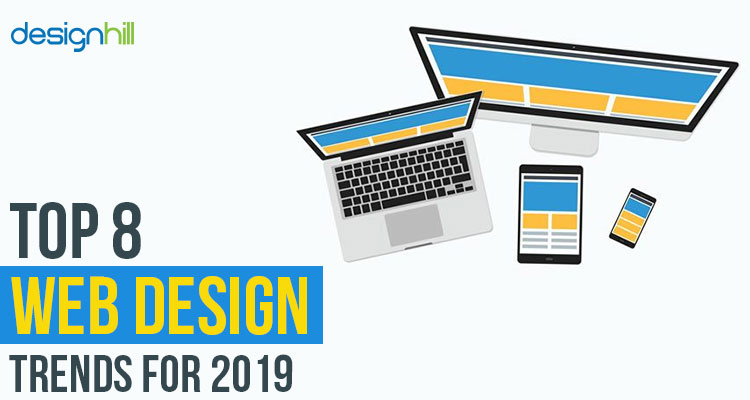Eager To Uncover How Internet Site Layout Has Transformed Gradually? Study The Development From Simplicity To User-Focused Experiences
Eager To Uncover How Internet Site Layout Has Transformed Gradually? Study The Development From Simplicity To User-Focused Experiences
Blog Article
Authored By-Johnsen Hejlesen
In the past, sites were straightforward and focused on information. Navigation was straight, and style was for desktop computers. Currently, customer experience is vital. Information overviews designs for very easy navigating. Responsive formats fit various tools. Today, dark setting reduces strain, and minimal food selections enhance navigating. Interactive functions involve customers, and strong visuals stand out. AI combination boosts engagement. See exactly how layout has developed to enhance your on-line journey.
Very Early Days of Web Design
In the very early days of web design, simplicity preponderated. Internet sites were fundamental, with restricted shades, fonts, and layouts. The emphasis got on giving details as opposed to flashy visuals. Users accessed the net through slow dial-up links, so rate and functionality were vital.
Navigation food selections were straightforward, typically situated on top or side of the page. Web sites were designed for home computer, as mobile browsing had not been yet widespread. Material was king, and designers focused on simple readability over complex style components.
HTML was the key coding language used, and designers needed to function within its restraints. Computer animations and interactive functions were minimal contrasted to today's criteria. Websites were static, with little dynamic content or customized individual experiences.
Increase of User-Focused Layout
With the advancement of website style, a change towards user-focused design concepts has become progressively popular. Today, producing web sites that focus on individual experience is essential for involving site visitors and accomplishing company goals. User-focused design entails understanding the requirements, choices, and behaviors of your target market to tailor the web site's layout, material, and includes appropriately.
Designers now carry out complete research, such as user studies and usability screening, to gather insights and responses directly from individuals. This data-driven method aids in creating user-friendly navigation, clear calls-to-action, and visually enticing interfaces that reverberate with visitors. By placing the user at the center of the style process, websites can deliver a more customized and satisfying experience.
Receptive layout has actually also become a crucial facet of user-focused layout, ensuring that sites are optimized for different tools and display dimensions. This flexibility enhances ease of access and usability, satisfying the diverse ways individuals communicate with web sites today. Basically, the increase of user-focused style indicates a shift in the direction of producing digital experiences that prioritize the needs and expectations of completion user.
Modern Trends in Website Design
Discover the latest patterns forming web design today. One noticeable fad is dark mode layout, supplying a sleek and contemporary look while reducing eye stress in low-light atmospheres. An additional vital pattern is minimal navigating, simplifying food selections and enhancing individual experience by focusing on essential elements. Incorporating https://www.forbes.com/sites/forbesbusinesscouncil/2022/01/18/why-digital-marketing-should-be-a-top-priority-for-small-businesses-in-2022/ -interactions, such as animated switches or scrolling effects, can develop a more engaging and interactive site. Responsive layout continues to be vital, making sure smooth individual experiences across different tools. Additionally, utilizing vibrant typography and asymmetrical formats can add visual interest and accentuate details web content.
Incorporating AI modern technology, like chatbots for customer assistance or personalized recommendations, improves user engagement and enhances processes. Access has also end up being a significant trend, with developers focusing on inclusive design practices to satisfy diverse user needs. Accepting sustainability by optimizing site performance for speed and performance is one more emerging fad in web design. Teaming up with user feedback and information analytics to iterate and improve design constantly is vital for staying appropriate in the ever-evolving digital landscape. By accepting these modern-day fads, you can create an aesthetically enticing, user-friendly internet site that reverberates with your audience.
Final thought
As you assess the advancement of web site style from the very early days to currently, you can see exactly how user-focused layout has actually become the driving pressure behind modern-day fads.
Accept the journey of change and adjustment in website design, constantly keeping the customer experience at the forefront.
Tippingpointdigital
Stay present with the current fads and technologies, and never stop advancing your strategy to develop visually stunning and easy to use websites.
Progress, adapt, and develop - the future of web design remains in your hands.
